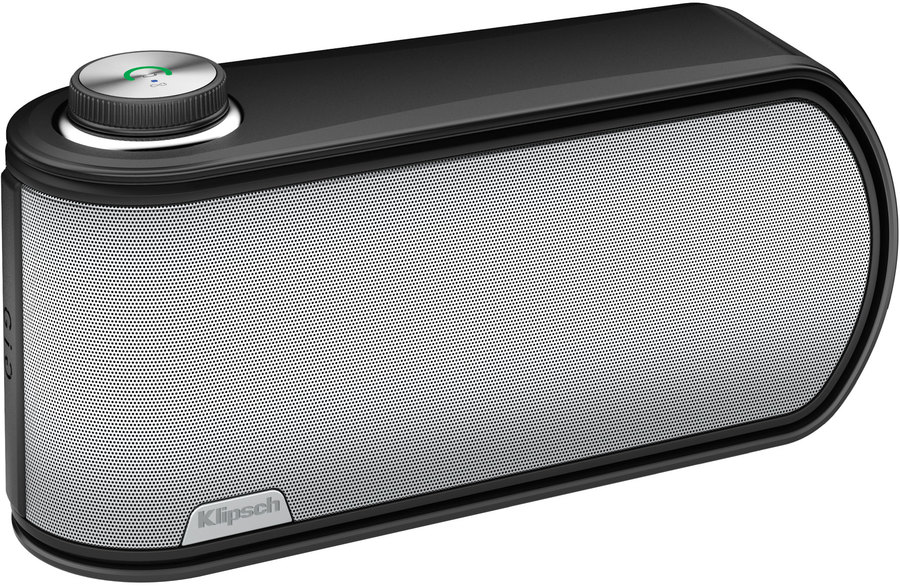

Since I compiled my first demo CD back in 1994 or so, my choice of tunes has evolved as I’ve found more revealing material, or as my equipment testing needs have changed. You’ll be able to determine if a headphone has a soft-sounding tonal balance, or if a speaker’s tweeter has an emphasized, edgy top octave. When you’ve heard, say, Stewart Copeland’s high-pitched splash cymbal on The Police’s “Every Little Thing She Does Is Magic” through a few dozen systems, you’ll have a good idea of what that cymbal’s supposed to sound like. That’s because the value of a demo CD lies not so much in which tunes you choose to put on it, but how many systems you’re played the demo CD through. And the more I use it, the more valuable it becomes. With my demo CD, I can tell in a few minutes how accurate voices sound through a speaker, how natural a headphone’s tonal balance is, and how much output a subwoofer delivers at the deepest bass frequencies. But when I want to find out what an audio product does - i.e., how a listener will perceive its sound - the demo CD is a much better tool. Test gear is great for telling me how well an audio product is engineered. But if you want to blast music in your hotel room or at a friend's beach house, it's worth the weight.If I were forced to choose between the $20K worth of audio test gear I own or the demo CD that cost me probably 20 cents to make, I’d take the latter without hesitation. The speaker is 7 inches long, more than 3 1/2 inches high and weighs nearly 1 1/2 pounds. Getting better sound here means toting a bigger package. Similarly, the smaller Beats Pill, in the same price range, sounds tinny by comparison and sorely lacking in the lower bass end. But it lacks some of the Klipsch's forthright bass. The comparably priced Ultimate Ears Boom, for example, sounds airier and more open, designed as it is to deliver a uniform audio experience to listeners who might be seated around a coffee table. Should you opt for something more laid-back, acoustic numbers with female vocals remain supple rather than strident.Ĭompared to the competition - and there is plenty of it - the GiG sound is more direct (even with those passive radiators). In hi-fi parlance, the GiG has a lot of presence so that David Bowie's vocals, for example, jump out at you on songs like "Soul Love." Yet the designers clearly put a lot of work into the speaker so mid-range instruments like Mick Ronson's guitar don't get mashed into the mix. And the GiG can act as a speaker phone, but it's really about playing music. It has NFC or near field communication support so that you can pair it to a compatible device with a tap. For us, it lasted through more than eight hours of on and off playing (at top volume, it will need a recharge sooner). The speaker's lithium ion battery is rated to last up to 12 hours. It also provides a way to hang it up on a hook, for example, inside a tent. A wide, U-shaped bar swings out from around the speaker cabinet, enabling it to stand up vertically if one so chooses.
Audiotest klipsch gig Bluetooth#
A sequence of green LEDs lets you know how the power is going a blue light means you're connected over Bluetooth (there's also a mini jack input for making a wired connection). There's a big volume knob on top reminiscent of a 1960s car stereo. The GiG avoids cutesy motion- or touch-sensitive controls, opting instead for a homey retro hi-fi feel. Digital signal processing acts like a dynamic loudness button, keeping everything well balanced whether it's playing demure Debussy or fulminating Foo Fighters.
Audiotest klipsch gig drivers#
A pair of one-inch drivers in the single speaker are complimented by a pair of two-inch passive radiators in order to deliver quick punches when the music demands it. The GiG's not quite up to that kind of blistering performance, but it puts out enough volume to elicit complaints from the neighbors. Klipsch has a rep for big, bodacious horn tweeters and the kind of stacks heavy metal bands appreciate. A sleek design with a retro feel some skeuomorphic touches and a straight-ahead, tight rock 'n' roll personality make the GiG a standout, especially among the score of $200 portables currently vying for listeners' attention.

Audiotest klipsch gig portable#
Distinguishing oneself from the plethora of portable Bluetooth speakers available today is no mean feat, but Klipsch has managed to do it with its new GiG.


 0 kommentar(er)
0 kommentar(er)
